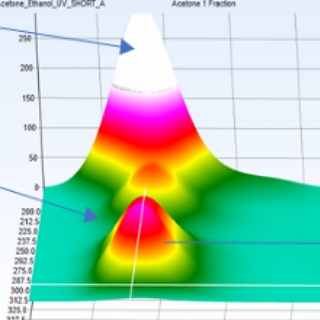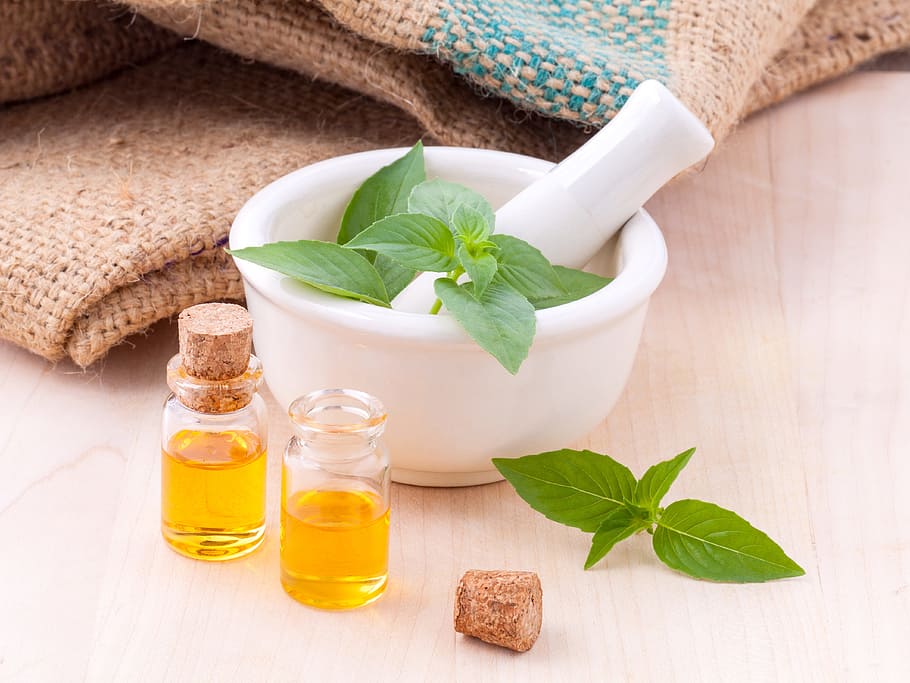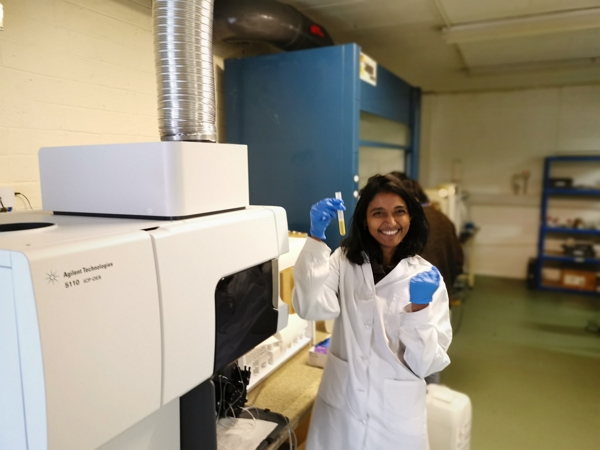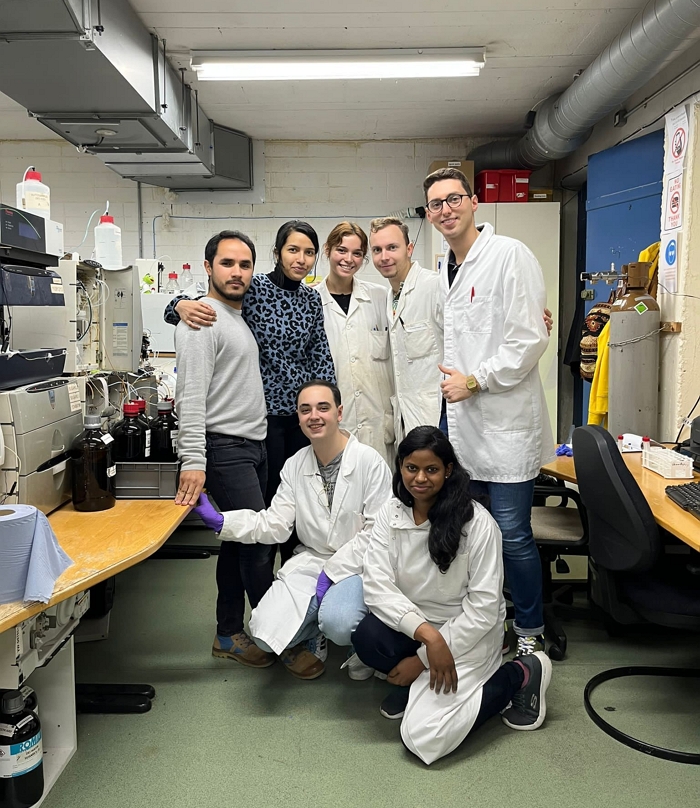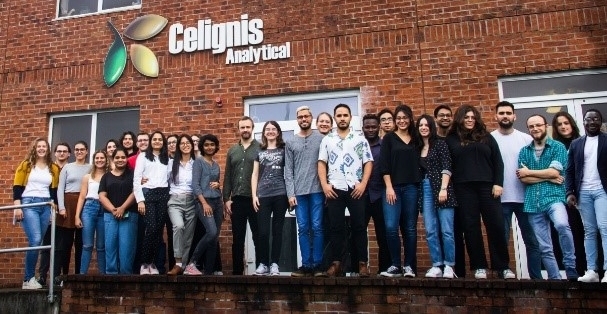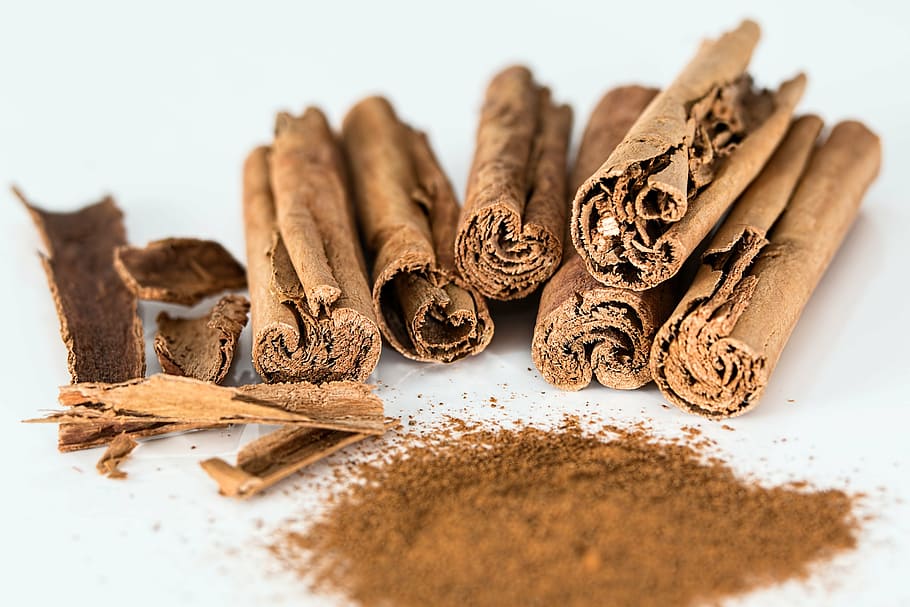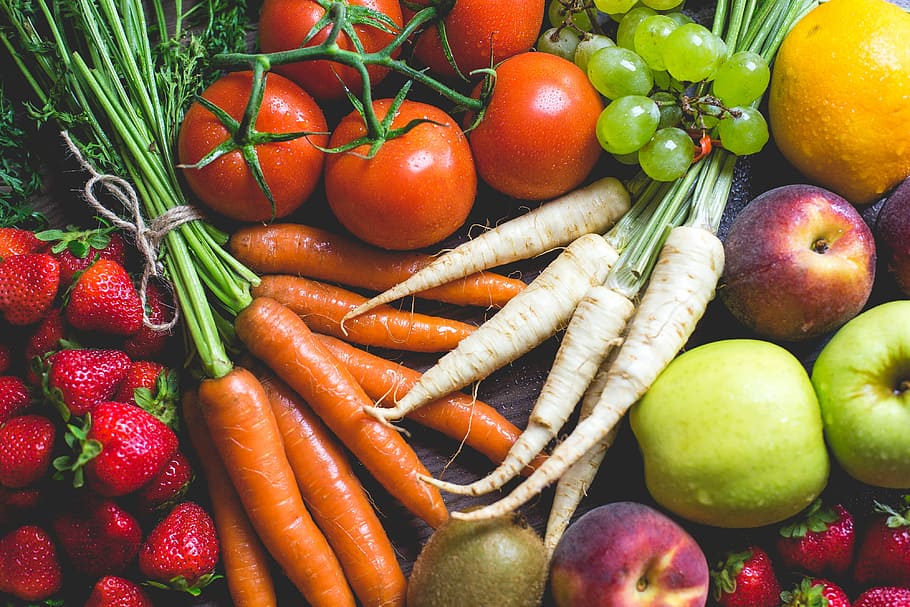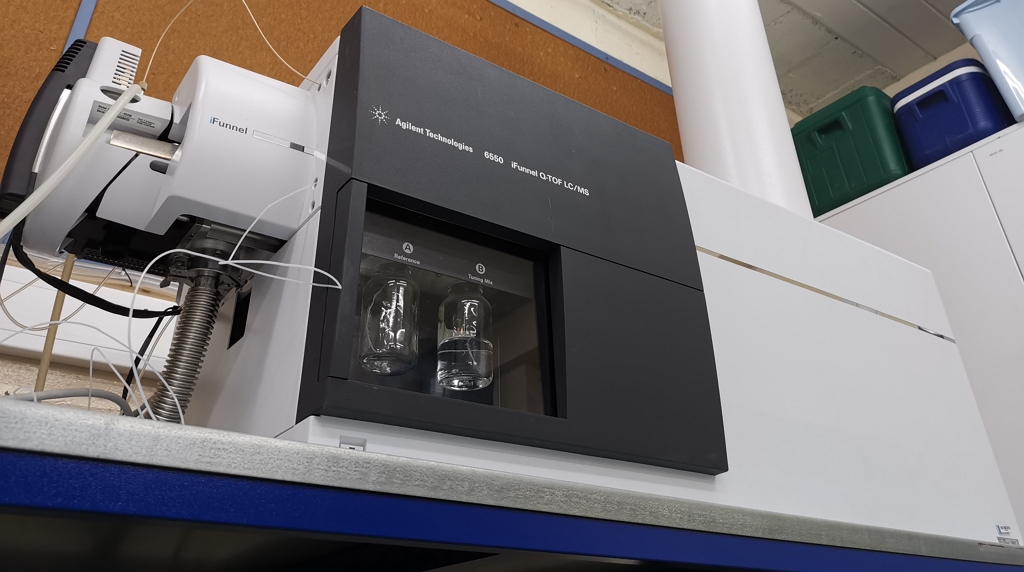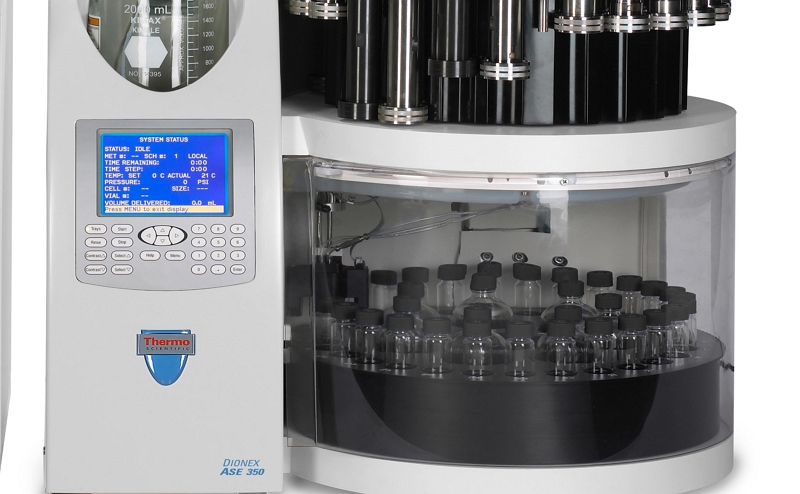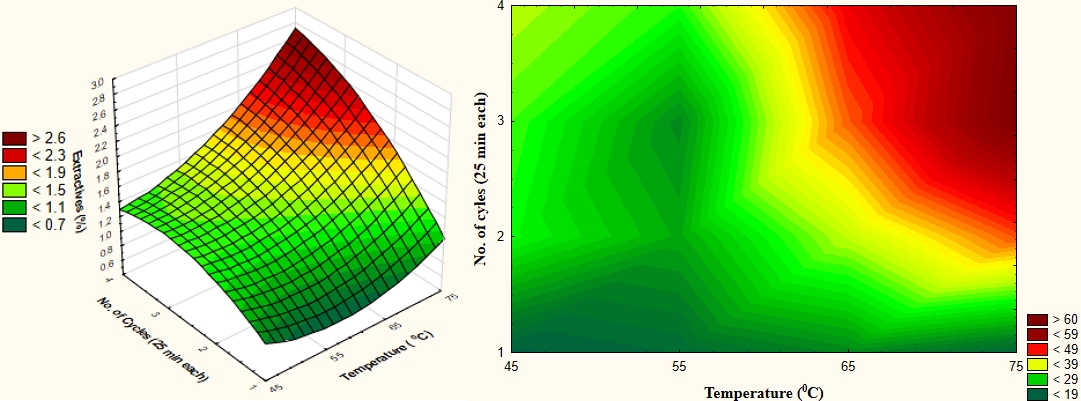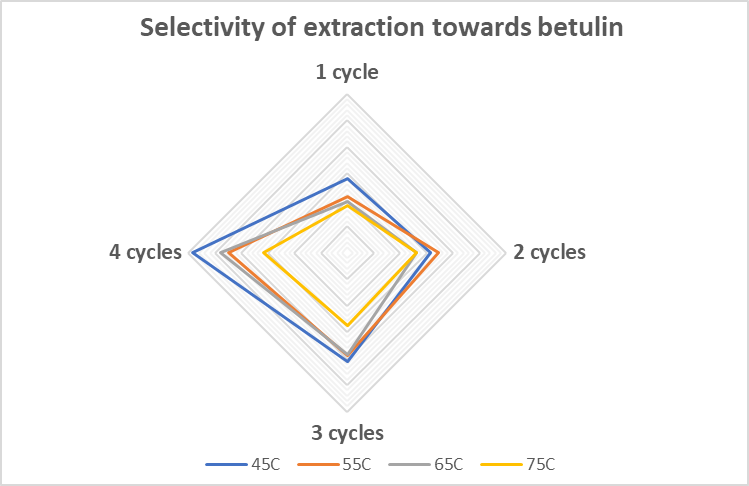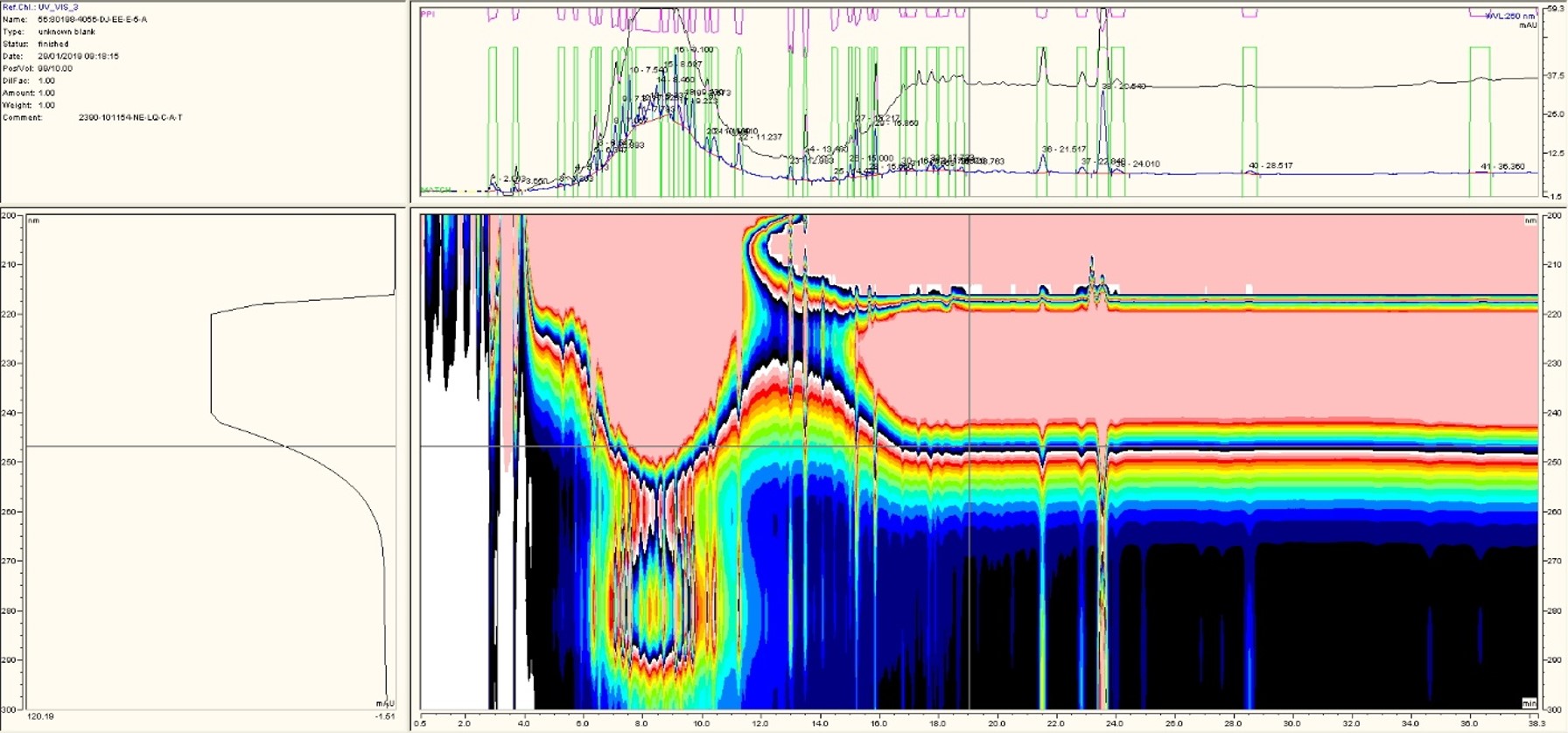Processes for the Extraction of Bioactives from Leaves
Background
Many bioactives and other high-value plant constituents can be considered to be a part of the biomass extractives, which are defined as extraneous components that may be separated from the insoluble cell wall material by their solubility in water or neutral organic solvents.
Click here to learn more about the ways in which bioprocesses can be developed to efficiently and sustainably extract these extractives from biomass, with particular selectivity towards the bioactives and chemicals of interest.
Get more info...Extraction Processes
Bioactives in Herbal Leaf Extracts
Leaves contain valuable bioactive compounds such as tocopherols, carotenoids, flavonoids, sterols, vitamins, tannins, lipids, and minerals which can be used in health, beauty and food industry.
Preparation of herbal leaf extracts requires careful harvesting of leaves, cleaning, grading, sorting and milling. In some cases, additional steps such as aging, steaming, sweating, roasting/frying are required to remove any toxic compounds present in the leaves. Drying of leaves after sorting will stabilise the leaves from bacterial contamination, but may affect the concentration of desired bioactive components.
At Celignis we understand your feedstock and your market needs and use advanced techniques to develop optimised economic and environment-friendly extraction processes.
Further Info on Classes of Bioactives in Herbal Leaf Extracts
Examples of some tocopherols found in herbal leaf extracts are listed below:
- Tea Leaves - Green tea and black tea leaves contain alpha-tocopherol and gamma-tocopherol.
- Herbs and Spices - Certain herbs and spices, like oregano and paprika, are also rich in tocopherols. They contain mainly gamma-tocopherol, although alpha-tocopherol can be present as well.
- Green Leafy Vegetables - These are known to contain alpha-tocopherol, the most biologically active form of Vitamin E. Spinach and kale, for example, are two leafy greens that are a good source of this tocopherol.
- Cannabis Leaves - Some research has found that cannabis leaves contain alpha-tocopherol and gamma-tocopherol.
Get more info...Tocophenols
Examples of some carotenoids found in herbal leaf extracts are listed below:
- Beta-Carotene - found in various green leafy vegetables and herbs.
- Lutein and Zeaxanthin - These carotenoids are typically found together and are especially abundant in dark green leafy vegetables like spinach and kale.
- Lycopene - While lycopene is more commonly associated with red fruits and vegetables, particularly tomatoes, some herbs also contain this antioxidant carotenoid.
- Astaxanthin - This carotenoid is most commonly found in algae and seafood like salmon and shrimp, but it can also be found in some herbal extracts.
- Beta-Cryptoxanthin - Another pro-vitamin A carotenoid like beta-carotene, beta-cryptoxanthin can also be found in certain herbal leaf extracts.
Get more info...Carotenoids
Examples of some flavonoids found in herbal leaf extracts are listed below:
- Quercetin - It is one of the most abundant flavonoids found in plants and is widely distributed in herbal leaves. It is known for its antioxidant and anti-inflammatory properties. Quercetin-rich herbs include onions, kale, broccoli, and green tea.
- Kaempferol - Found in various herbs and leafy vegetables like kale, spinach, and tea leaves. It also has antioxidant and anti-inflammatory properties and has been associated with potential benefits for heart health and cancer prevention.
- Apigenin - This is commonly found in chamomile, parsley, and celery leaves. Apigenin has been studied for its potential to inhibit cancer cell growth, promote relaxation, and support sleep quality.
- Luteolin - This flavonoid is present in certain herbal leaves such as thyme, peppermint, and celery. It has been investigated for its potential neuroprotective effects and immune-modulating properties.
- Rutin - A flavonoid glycoside that can be found in herbs like buckwheat, as well as citrus fruits and other plant sources. It is known for its antioxidant properties and has been studied for its potential benefits in strengthening blood vessels and reducing the risk of cardiovascular diseases.
Get more info...Flavonoids
Examples of some sterols found in herbal leaf extracts are listed below:
- Beta-Sitosterol - This is one of the most prevalent plant sterols found in herbal extracts. It is structurally similar to cholesterol and can be found in various plant sources, including herbs like saw palmetto, pygeum, and stinging nettle.
- Campesterol - This sterol has been investigated for its potential cholesterol-lowering effects and may contribute to the cardiovascular health benefits associated with plant sterol consumption.
- Stigmasterol - Found in various herbal extracts, including those derived from soybeans, fenugreek, and black cohosh. It has been studied for its potential anti-inflammatory and hormone-modulating effects.
- Delta-7-Sitosterol - A plant sterol found in certain herbal extracts, including those derived from saw palmetto and pumpkin seeds. It is often associated with potential benefits for prostate health.
- Other Plant Sterols - Brassicasterol, avenasterol, and stigmastanol, are examples of other sterols that can be found in herbal leaf extracts.
Get more info...Sterols
Some points regarding tannins in herbal leaf extracts are provided below:
- Plant Types - Herbs like witch hazel, sage, rosemary, and yarrow are known for their high tannin contents.
- Astringency - Tannins in herbal leaf extracts are responsible for the astringent properties of many of these herbs. Astringency is the drying, tightening, and sometimes puckering sensation that you experience when you consume certain foods or drinks. For example, it's the tannins that give black tea, red wine, and certain fruits like unripe apples or persimmons their characteristic mouthfeel.
- Hydrolyzable Tannins - These are found in some herbs like witch hazel (Hamamelis virginiana). Two types of phenolic acids commonly found in hydrolyzable tannins are gallic acid and ellagic acid.
Get more info...Tannins
Analysis of Bioactives in Herbal Leaf Extracts
Feel free to click on the links above to see more information on our methods of analysis for the different classes of bioactives or get in touch with us to request further information and a quotation.
Request a QuoteBioactives Analysis
Bioactives According to Other Plant Fractions
Get more info...Bark Extracts
Get more info...Root Extracts
Get more info...Flower Extracts
Get more info...Fruit & Veg Extracts
Get more info...Seed Extracts
Identification of High-Value Chemicals
For identification, we firstly get a crude extract from the feedstock, obtained via various approaches, including pressurised liquid extraction. This extract is then profiled using our top-range QTOF-LC/MS system (Agilent iFunnel 6550), which can identify constituents to the femtogram-level, and the spectra and chromatograms reviewed by Sajna, our Bioanalysis Developer. If necessary, we can collect the relevant fractions from the LC system and confirm the identification using a number of different chemical and spectroscopic techniques. We then determine which constituents warrant extraction.Develop an Optimised Extraction Protocol
Based on the identified chemical(s) of interest, we can then work on optimising a targeted extraction method. This method considers not only the yield of the target compound(s) but also the chemical and energy costs of the process and the implications for the downstream processing and valorisation of the solid residue. We consider a range of different extraction technologies, solvents, and process conditions.Typically, we first optimise the extraction at lab-scale conditions and then validate the chosen set of conditions at an nehanced scale (i.e. a higher technology readiness level (TRL)).
Separation and Purification of Target Chemical(s)
We can work on a process for the separation and purification of the targeted high value extractive compounds, while considering commercial viability and environmental aspects such as solvent and energy consumption. Based on the particular bioactive compound of interest and the composition of the liquid extract, we can employ a variety of different techniques for separation and purification.Application Testing of Extract or Separated Components
We can test the extract, or the separated compounds of interest, for a variety of different applications. The tests are custom-designed based on the extracted compound. For low molecular weight biomolecules (non food and feed), bioactivity tests, anti-microbial tests, UV absorbance properties, surface activities, and emulsion forming abilities can be tested. For the food and feed related extract fractions, such as proteins and carbohydrate polymers, nutritional properties, anti-nutritional compounds, emulsification, gelation, foaming (together with bioactive properties, in vitro digestibility etc.) are tested.Technoeconomic Analysis of the Process
The Celignis team, including Oscar our chief TEA expert, can undertake a detailed technoeconomic analysis of the developed process. We apply accurate and realistic costing models to determine the CAPEX and OPEX of simulated and pilot scale processes which are then used to determine key economic indicators such as IRR, NPV and payback periods.Our sensitivity analyses can assess the effect of variable costs and revenues, a particularly important aspect to consider given that the sale prices for some bioactive compounds can vary significantly according to their purity and market conditions.
Our preferred approach is to include TEA studies at each stage of the development of the extraction bioprocess, so that the process can be optimised in a commercially-relevant way, followed by a more detailed TEA after the process has been optimised and tested at higher TRL levels.
Click here to read more about the technoeconomic analysis (TEA) services offered by Celignis.
Bioprocess Biomass Extraction Projects - Case Studies
Betulin - UNRAVEL Project
Celignis worked extensively on biomass extraction and the purification of bioactive chemicals in the CBE/BBI project UNRAVEL where the extractives of 25 feedstocks were profiled using our QTOF-LC/MS system. We identified betulin in birch bark as the most attractive compound and subsequently worked on developing an optimised extraction protocol and an isolation/purification process scheme that offered several advantages, in terms of sustainability and safety, over the current art. Click here for a news article on this work.SteamBioAfrica Project
We are also using employing our compositional analysis and purification expertise in the Horizon Europe project SteamBioAfrica where we evaluate and process the liquid condensate obtained from the steam torrefaction process and consider market applications for its constituents, fractions, and derivatives.Celignis is testing the separation of acids, phenolics, and aldehydes for their potential to be used as high value bioactive compounds and biopesticides.
Bioactives Profiling of Tropical Trees
Celignis undertook detailed analysis of a wide variety of tropical hardwood trees for a client. This involved characterisation of different anatomical fractions (e.g. stem wood, bark, foliage). There was a particular focus on the composition of the extractives of these feedstocks. We used our QTOF-LC/MS system to profile the diverse and complex array of bioactive compounds present in the samples. We then evaluated the identified compounds and selected key chemicals that could be of high potential value for sale in different markets. We then undertook a review of these compounds, considering their potential value in various markets, the processes that could be required for their separation and purification, and whether other compounds could also be obtained as part of the extraction/separation process. The final output of the project was a list of top feedstocks and chemicals for future bioprocess development.
With regards to the extraction of bioactives from biomass, the Celignis Bioprocess team members with the most experience in undertaking such projects are listed below. Feel free to contact them to discuss potential projects.

Lalitha Gottumukkala
Founder of Celignis Bioprocess, CIO of Celignis
PhD
<p style="text-align: left;">Has a deep understanding of all biological and chemical aspects of bioproceses. Has developed Celignis into a renowned provider of bioprocess development services to a global network of clients.</p>
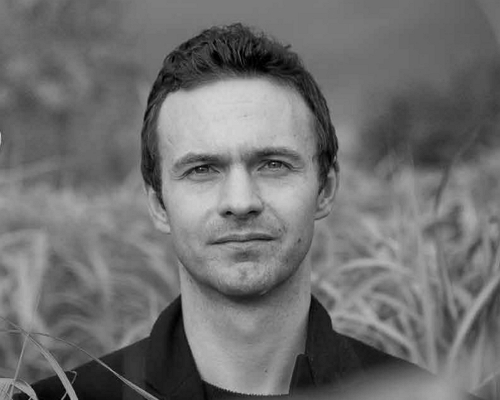
Dan Hayes
Celignis CEO And Founder
PhD (Analytical Chemistry)
<p style="text-align: left;">Dreamer and achiever. Took Celignis from a concept in a research project to being the bioeconomy's premier provider of analytical and bioprocessing expertise.</p>

Sajna KV
Bioanalysis Head
PhD
<p style="text-align: left;">Our Biomass Detective! Designs, tests, optimizes and validates robust analytical methods for our bioprocess development projects. Such bespoke analysis is key to developing an optimised bioprocess.</p>

